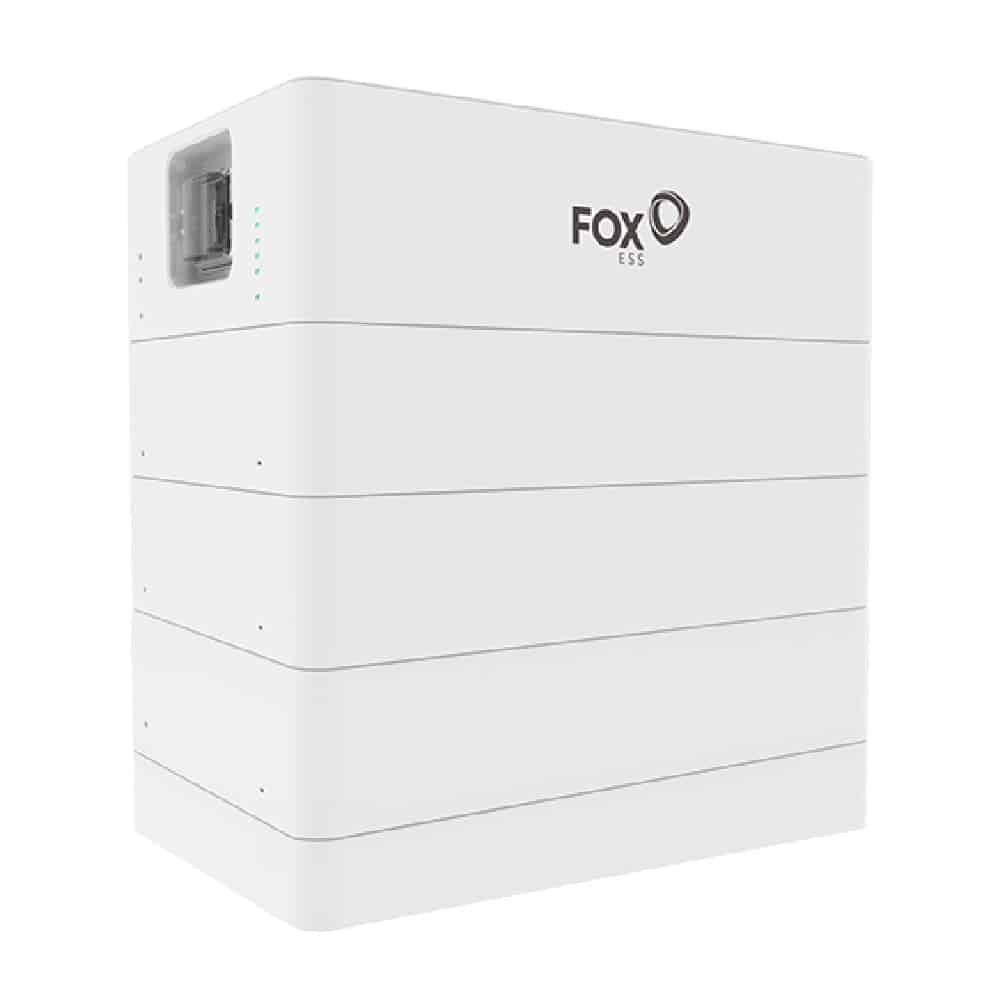📦 Fast Delivery – Order Now!
💸 Shop Safely – 100% Money-Back Guarantee
👨🔧 Lifetime Customer Support
📦 Fast Delivery – Order Now!
💸 Shop Safely – 100% Money-Back Guarantee
👨🔧 Lifetime Customer Support
Solar energy is everywhere. And when you turn sunlight into electricity, you create solar-generated power. It’s clean, renewable, and surprisingly affordable. Plus, it helps you cut costs while boosting your home’s value. But how does it actually work—and is it really worth it?
Let’s dive in. Because at AceFlexus, we believe knowledge is power—especially when it’s solar-powered.

Solar-generated power is electricity created from sunlight. Photovoltaic (PV) panels capture solar radiation and convert it into direct current (DC) electricity. Then, an inverter turns that into alternating current (AC), which powers your appliances.
And because it comes from the sun, it’s available almost anywhere. You don’t need to live in the desert—just somewhere with daylight.
Energy costs are rising. So, more homeowners are switching to solar-generated power. Not only do they save on monthly bills, but they also gain energy independence.
And since solar systems need little maintenance, they pay for themselves over time. That’s why solar is booming in both homes and businesses.

Solar-generated electricity brings big advantages:
You don’t just install panels—you invest in your future.
The core of solar power is the photovoltaic cell. This cell absorbs sunlight and releases electrons. These electrons create an electrical flow.
The system includes:
Together, they work in harmony. And the result? Clean, self-produced energy for your home or business!

✅ 3.97 kWh LFP battery module
✅ Scalable up to 27.8 kWh
✅ Plug-and-play installation
At aceflex.us, customers get access to the best PV components on the market. We offer top-tier quality at some of the lowest prices in the industry. Plus, our expert team helps you choose exactly what fits your needs.

Almost. Solar works best with:
But even with some shade or a flat roof, solutions exist. Microinverters, optimizers, and ground-mounted systems offer flexibility. That’s why custom consultation matters.

Solar panels usually produce between 400 and 600 watts each. But total system output depends on sun exposure and how many panels you install.
Solar cells absorb sunlight and turn it into direct current (DC) electricity. Then, an inverter converts that into alternating current (AC) for everyday use.
Yes, 10 kW is enough for most homes, even with heavy usage. However, adding electric vehicles or pools might require a bit more.
That depends on panel size and battery storage. Many solar generators provide between 500 watts and 5000 watts.
A home solar system can generate 3 to 15 kW, depending on location and roof size. Utility-scale setups generate much more.
It can handle small appliances like TVs, laptops, and fans. But high-power devices like ovens or AC units are too much.
It powers essentials like a refrigerator, freezer, lights, and some kitchen appliances. But running everything at once might still trip it.
Yes, a well-designed solar system with storage can fully power a home. But energy habits and weather conditions matter too.
Solar panels stop producing at night. That’s why battery storage or grid connection is essential for 24/7 power.
Modern solar panels reach 20 to 23 percent efficiency. That may sound low, but it’s more than enough to power homes reliably.
Yes, with lithium or lead-acid batteries. Storage lets you use solar energy even when the sun isn’t shining.
Yes, if paired with battery storage or hybrid inverters. Otherwise, most grid-tied systems shut down for safety.
Most panels last 25 to 30 years, and inverters around 10 to 15 years. And performance stays high, though it declines slightly over time.
Yes, they still generate power, just less than in summer. Cold temperatures can actually increase efficiency, so output remains strong.
AceFlex is one of the leading online retailers of renewable energy products and offers a wide range of solar products. We work with well-known manufacturers and wholesalers and can offer you cost-effective products in the field of photovoltaics so that you too can contribute to the energy transition.
Looking for an experienced team for planning your photovoltaic system without the hassle of doing it yourself? We are your trusted partner, offering comprehensive nationwide solutions. We provide expert consultation and supply of both photovoltaic systems and storage units tailored to your specific needs.
© 2025 Aceflex All Rights Reserved. Design by Media Pantheon, Inc.